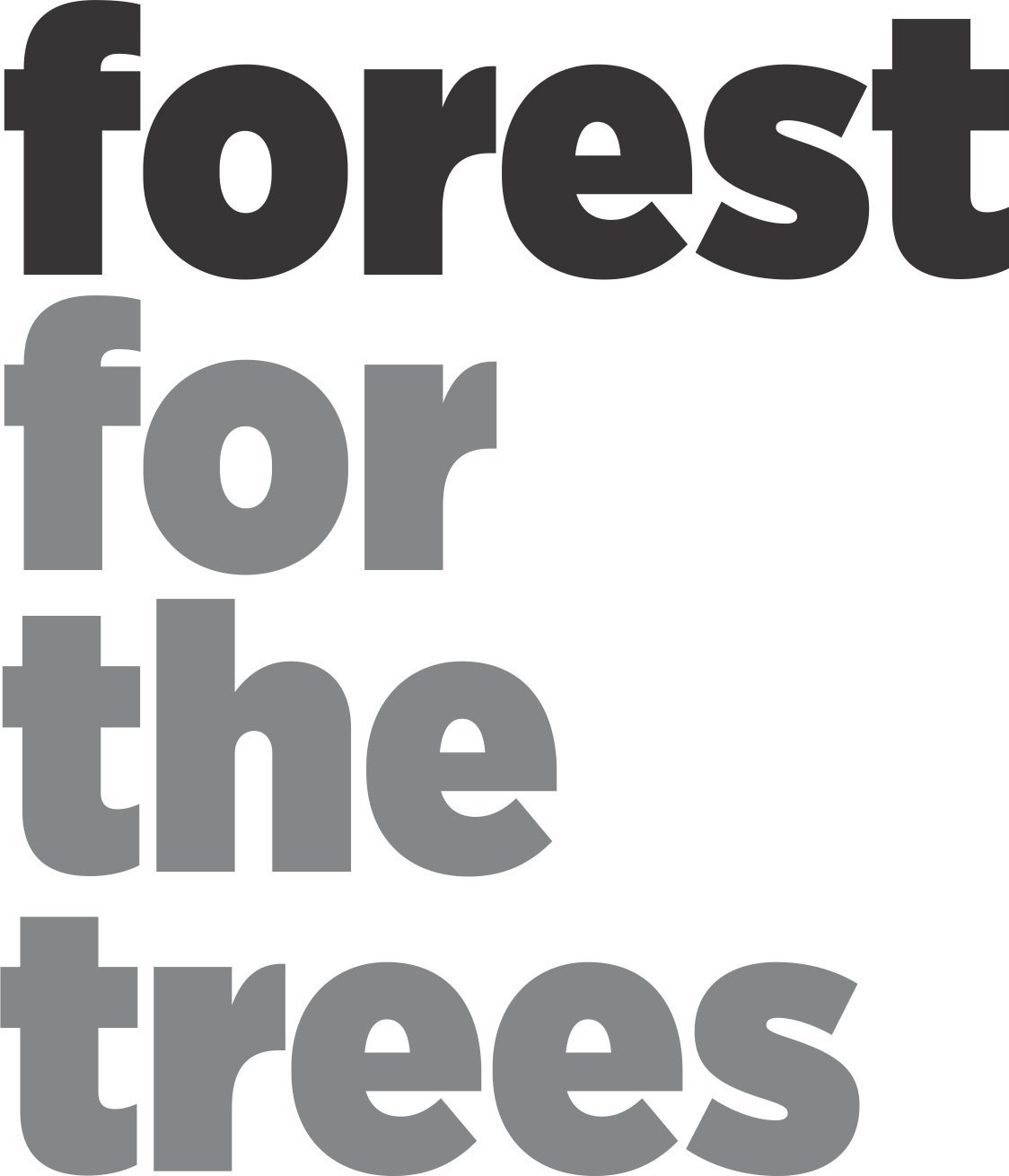In our many years of experience as architects, we have often been asked the question......
How much is my building going to cost to build?
A more important question is......
How much is my building going to keep costing me AFTER it is built?
Did you know that in a 30 year life of a building, just 2% of the expenses is attributed to initial cost of construction while 6% are related to operations, maintenance and replacement costs and 92% to personnel costs such as salaries?
Source: Sustainable Building Technical Manual/ Joseph J. Romm, Lean and Clean Management, 1994; http://www.wbdg.org/resources/lcca.php
This clearly indicates that the biggest investments are the people in the building as opposed to the building itself. Long term value should be more of a priority than the intial price tag. As I read somewhere, “Price is the amount you pay for a product; Value is the amount it pays back”
Defining Value:
Function: The biggest priorty for any building is to satisfy the primary purpose – its intended function. If function is compromised for cost, value is diminished. Value = function/ cost.
Flexibility: Flexibility is key in some sectors where change is the mantra. Some tasks need collaboration, some need privacy. Teams and their interaction could change from day to day. Creating environments that can be reconfigured when requirements change becomes important in such building types.
Occupant Comfort: Thermal comfort, daylighting, indoor air quality are all important factors while considering comfort. It has been demonstrated that in office environments, keeping employees comfortable leads to enhanced productivity and less turnover rates.Contributing directly to this goal is the best investment a business can make.
Identity: Identity can be a functional requirement for a company whose emphasis is uniqueness.
Quality / Longevity: Extended life of materials and systems is important as it plugs directly into operational costs of a building. The higher the quality the better the performance and lower the operating costs, which ultimately translates to better return on investment. When buyers of properties start asking for documentation on energy analytics and operating costs, as is the norm in several European countries, the emphasis would shift more towards quality and performance rather than initial cost of construction.
Achieving Value:
Good design and good design processes add value, balance costs and drive efficiencies. Our design method focuses on asking the right questions at the very beginning of the process, and then, of course, listening. Solutions fall in place when the right questions are asked. This process enables us to:
- Identify strategic goals and priorities for the owners and hence the building, which help deliver quality solutions, in balance with the budget.
- Assemble the right team of experts and get them involved early, leading to a more integrated product.
- Enable information flow in the early stages that contribute to proactive and value oriented decisions rather than reactive and myopic ones. Result is a building design that is valuable and reasonable.
Seeing the forest for the trees, in terms of long term benefits vs. initial costs, will lead to a better functioning building for owners, operators and occupants.


